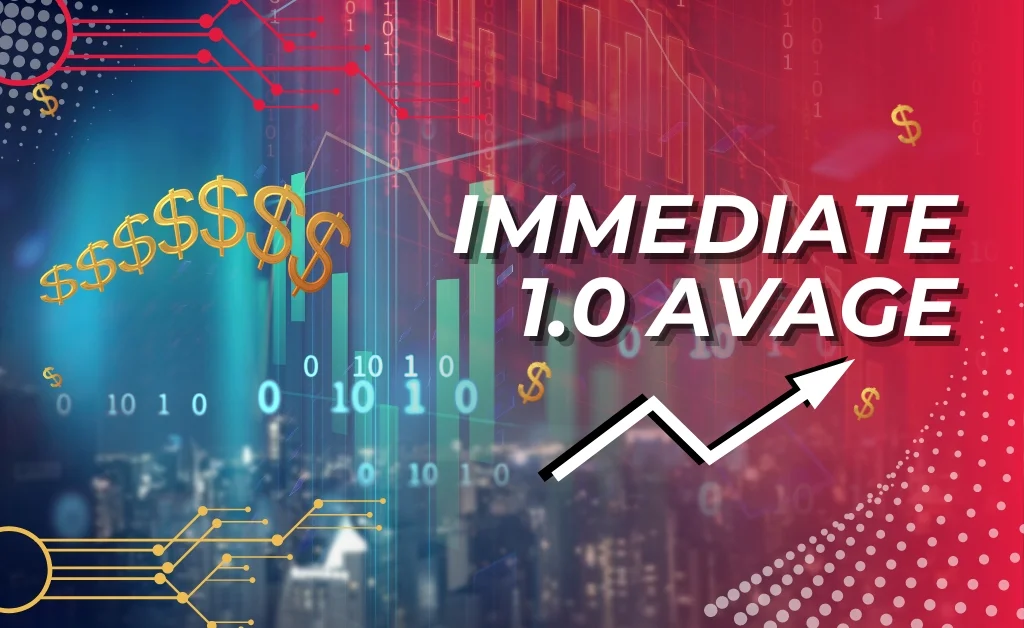Immediate 1.0 Avage: A Comprehensive Overview
Introduction to Immediate 1.0 Avage
In the ever-evolving landscape of technology and software development, the term “Immediate 1.0 Avage” might seem unfamiliar to many. However, as businesses and individuals continue to seek ways to improve efficiency, streamline processes, and enhance productivity, the need for rapid, real-time systems has become more crucial. This concept, which integrates aspects of automation, real-time processing, and optimized performance, can offer substantial advantages in a range of industries. In this article, we’ll dive deep into what Immediate 1.0 Avage entails, its importance, and the ways in which it can be implemented for maximum impact.
Understanding Immediate 1.0 Avage
At its core, Immediate 1.0 Avage represents a shift towards instant, automated processes that eliminate the lag between action and result. The term ‘Immediate’ refers to the ability to process tasks or data in real-time without significant delays. The ‘1.0’ designation signifies the foundational version of the system, while ‘Avage’ can be interpreted as a form of automated advantage or optimization. Together, these components describe a system or technology that is designed to improve performance by leveraging automation and immediate feedback.
For example, businesses using Immediate 1.o Avage technology would be able to process orders, analyze data, or execute commands instantly, thus reducing downtime and enhancing overall efficiency. This could apply to sectors ranging from ecommerce and manufacturing to logistics and finance.
The Need for Speed in Today’s World
In today’s competitive market, speed is everything. Whether it’s delivering products to customers or analyzing market trends, the ability to process information quickly and accurately can be the difference between success and failure. This is where Immediate 1.o Avage comes in as a game-changer.
With this technology, businesses can move faster and make decisions based on real-time data. For example, in the financial sector, Immediate 1.o Avage systems could analyze stock market trends instantaneously, allowing traders to make split-second decisions that could mean the difference between profit and loss. In manufacturing, the ability to detect and correct errors in real-time could save companies millions in operational costs and prevent bottlenecks that slow down production.
Key Features of Immediate 1.0 Avage
What sets Immediate 1.0 Avage apart from traditional systems is its reliance on real-time automation and rapid processing. Here are some of the key features of this system:
- Real-Time Processing: Immediate 1.0 Avage processes data and executes commands without delay, ensuring that tasks are completed as soon as they are initiated.
- Automation: By leveraging automation, the system eliminates the need for human intervention, which not only speeds up processes but also reduces the chance of errors.
- Scalability: Immediate 1.0 Avage systems are designed to handle a growing amount of work. As businesses expand, the system can scale with them, processing more data or handling more tasks without compromising on speed.
- Integration Capabilities: One of the benefits of Immediate 1.0 Avage is that it can be integrated with existing systems, allowing businesses to enhance their operations without overhauling their current infrastructure.
- Data-Driven Optimization: The system uses data to continuously optimize its performance, ensuring that tasks are always completed in the most efficient way possible.
Benefits of Implementing Immediate 1.0 Avage
There are numerous benefits to adopting Immediate 1.0 Avage in any organization. Here are some of the most notable advantages:
- Increased Productivity: By automating repetitive tasks and processing data in real-time, businesses can free up valuable resources and time, allowing employees to focus on more strategic tasks.
- Cost Efficiency: Automation leads to fewer errors, reducing the need for rework. Additionally, Immediate 1.0 Avage systems can scale as a business grows, preventing the need for costly infrastructure upgrades.
- Enhanced Decision Making: With Immediate 1.0 Avage, companies have access to real-time data, which can be analyzed and acted upon instantly. This leads to faster, more informed decision-making, which is especially important in industries like finance, healthcare, and retail.
- Improved Customer Experience: Faster processing times and accurate data analysis lead to a better overall customer experience. Whether it’s processing an order, resolving an issue, or offering personalized recommendations, Immediate 1.0 Avage enables businesses to meet customer needs in real-time.
- Competitive Advantage: In today’s fast-paced business environment, the ability to process information and make decisions quickly is a key competitive advantage. Companies that adopt Immediate 1.0 Avage will be able to stay ahead of the competition by responding to market trends and customer demands faster than their rivals.
Challenges and Considerations
While the benefits of Immediate 1.0 Avage are clear, it’s important to acknowledge some of the challenges that may arise when implementing such a system.
- Initial Setup Costs: Implementing Immediate 1.0 Avage may require significant upfront investment, especially for businesses that need to upgrade their infrastructure or integrate new software.
- Complexity: Depending on the size and nature of the business, setting up an Immediate 1.0 Avage system can be complex. This might require specialized skills and expertise, which could be a barrier for smaller businesses.
- Data Security: With real-time processing and automation comes the need for robust cybersecurity measures. Businesses will need to ensure that their data is protected from potential threats, particularly in sectors like finance and healthcare where sensitive information is involved.
- Training and Adaptation: Employees may need to undergo training to understand how to work alongside new automated systems. This can be a time-consuming process, but it’s essential for ensuring a smooth transition to Immediate 1.o Avage.
Industries That Can Benefit from Immediate 1.0 Avage
Immediate 1.o Avage is versatile and can be applied to various industries. Here are a few examples:
- Finance: The financial industry can benefit from Immediate 1.o Avage in areas like stock trading, fraud detection, and customer service. Real-time data processing allows banks and traders to make more accurate decisions faster, while automation can help detect anomalies that indicate fraud before any damage is done.
- Ecommerce: Online retailers can use Immediate 1.o Avage to process orders, update inventory, and provide real-time customer support. This can lead to faster shipping times, reduced errors, and an overall enhanced shopping experience for customers.
- Manufacturing: In the manufacturing sector, Immediate 1.o Avage can be used to monitor production lines, detect defects in real-time, and optimize processes to reduce waste and increase efficiency.
- Healthcare: Hospitals and healthcare providers can use Immediate 1.o Avage to streamline administrative tasks, process patient data instantly, and ensure that doctors and nurses have access to the most up-to-date information when treating patients.
- Logistics and Supply Chain: Immediate 1.o Avage can help logistics companies track shipments, monitor delivery times, and optimize routes in real-time. This leads to faster delivery times, reduced fuel consumption, and better overall efficiency.
Best Practices for Implementing Immediate 1.0 Avage
To fully harness the benefits of Immediate 1.o Avage, businesses should follow these best practices:
- Start Small: Begin by automating a few key processes and gradually scale up as you become more familiar with the system. This will help you avoid being overwhelmed by the complexity of a full-scale implementation.
- Invest in Training: Ensure that your employees are properly trained on how to use the new system. This will not only help them adapt more quickly but also reduce the likelihood of errors.
- Prioritize Security: Implement robust cybersecurity measures to protect your data and prevent breaches. This is especially important for businesses that handle sensitive customer or financial information.
- Monitor and Optimize: Continuously monitor the performance of your Immediate 1.o Avage system and make adjustments as necessary. Use data to identify areas where the system can be optimized for better performance.
Conclusion: The Future of Immediate 1.0 Avage
Immediate 1.0 Avage represents the next step in the evolution of automation and real-time processing. As businesses continue to seek ways to improve efficiency and stay ahead of the competition, the demand for such systems is likely to grow. While there are challenges to implementing Immediate 1.o Avage, the benefits far outweigh the costs for most businesses.
By embracing this technology, companies can streamline their operations, enhance their decision-making capabilities, and provide a better experience for their customers. As Immediate 1.o Avage continues to evolve, we can expect to see even more advanced versions that offer even greater functionality and flexibility, making this an exciting time for businesses that are ready to take the leap into the future.


